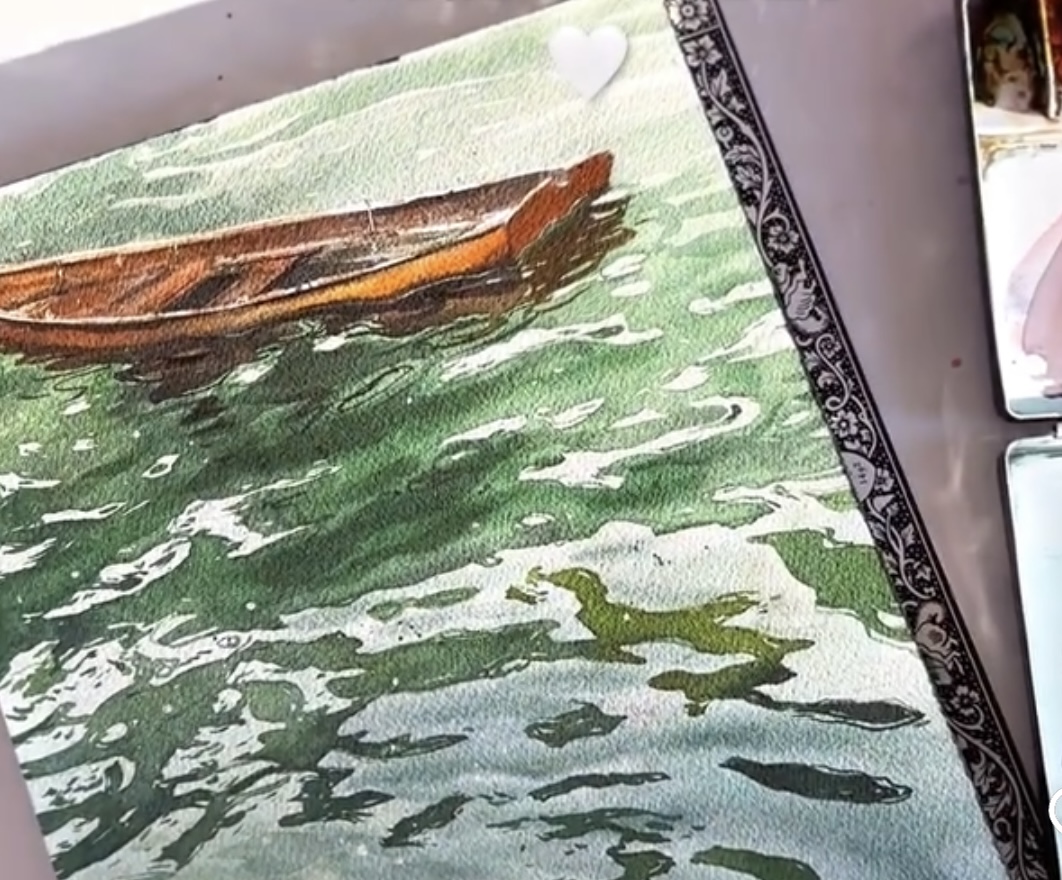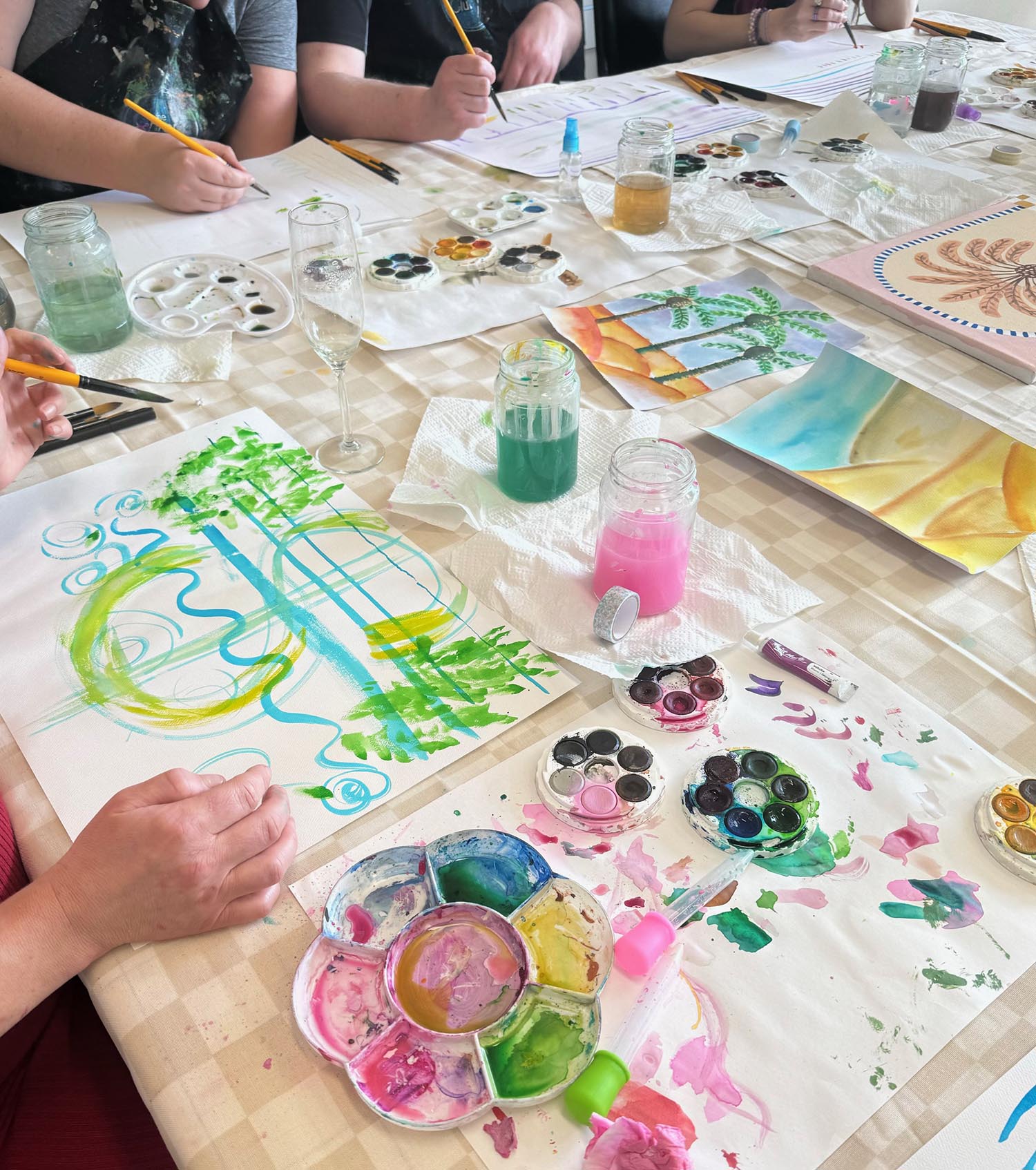It’s essential when you are starting your journey with Watercolours to know what to do and what to avoid. In this post, we’ll explore the top five common mistakes beginners make when painting with watercolours, along with some valuable tips to help you get started on the right foot.
Mistake #1: Over Working The Paper
One of the most common mistakes beginners make is applying too much paint or water to the paper. This can cause the paper to warp or even tear. To avoid this, make sure to use the right amount of paint and water for your specific paper type.
🖌️ Tip: Use a light touch when applying paint and water, and work in small sections. This will help you maintain control and avoid overworking the paper.

Mistake #2: Not Using Enough Water
On the other hand, not using enough water can result in dry, scratchy-looking paint strokes. Watercolour paint relies on water to blend and flow smoothly, so make sure to use enough water to achieve the desired effect.
🖌️ Tip: Experiment with different ratios of paint to water to find what works best for you. Remember, it’s always better to err on the side of caution and add more water as needed.
Mistake #3: Using Too Much Paint
Watercolour is meant to be a transparent medium, so using too much paint can result in a muddy or opaque painting. This can be especially true for beginners, as it’s easy to get carried away with adding too much pigment.
🖌️ Tip: Start with a light wash and build up gradually. This will help you achieve the desired level of colour without overwhelming the paper.
Mistake #4: Not Planning Ahead
Watercolours are a fluid medium, which means it can be difficult to make changes once the paint has dried. To avoid this, take the time to plan ahead and have a clear idea of what you want to paint before you start.
🖌️ Tip: Sketch out your composition lightly with a pencil or charcoal before adding paint. This will help you visualize your design and make any necessary adjustments before committing to colour.
Mistake #5: Not Using the Right Paper
Using regular paper or low-quality watercolour paper can result in unsatisfactory results, such as paper warping or paint bleeding. Invest in high-quality watercolour paper that’s specifically designed for your medium.
🖌️ Tip: Research different types of watercolour paper and choose one that suits your style and preferences. Remember, good quality paper is an investment in your artistic journey.

The Time to Unleash Your Inner Artist is Now
By avoiding these common mistakes and following these tips, you’ll be well on your way to creating beautiful, vibrant watercolour pieces in no time!

Leave A Comment
You must be logged in to post a comment.